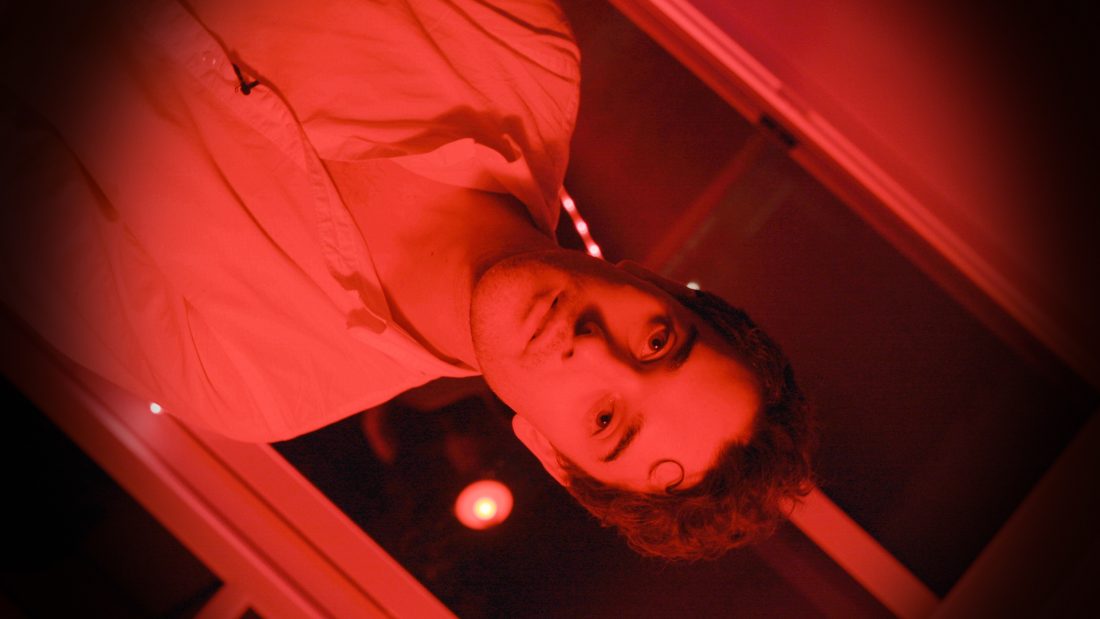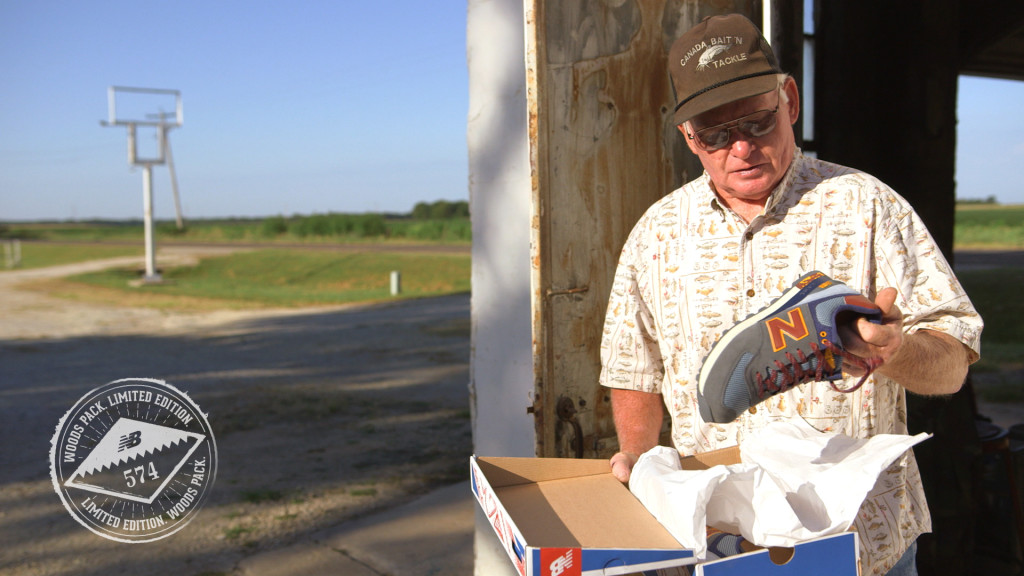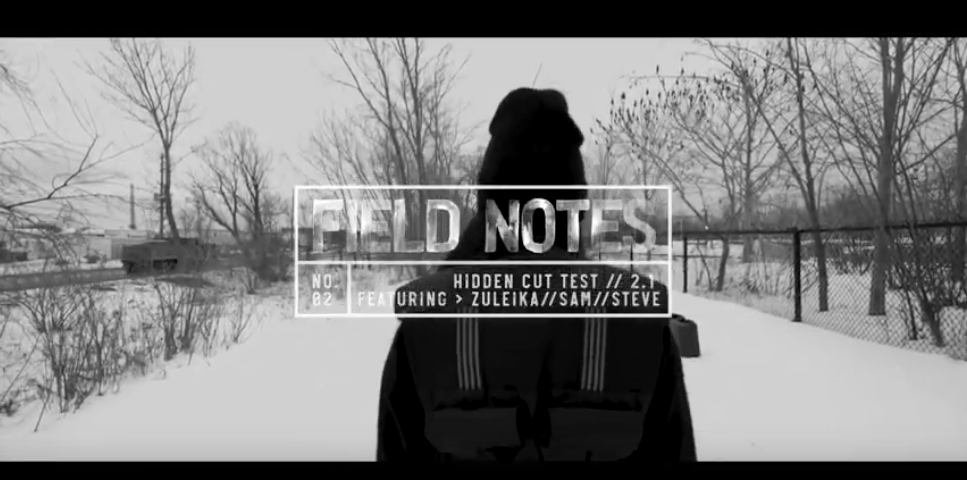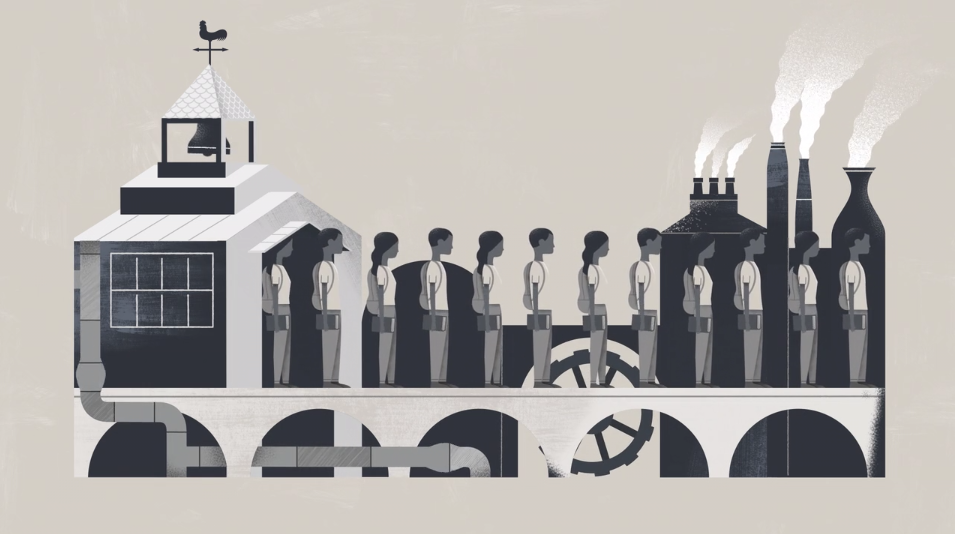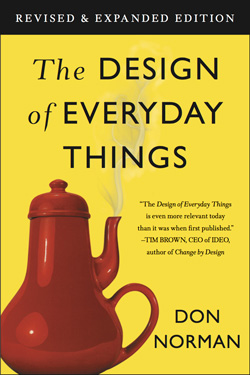
The Design of Everyday Things
Design is changing. Today, design is less about creating “stuff”, and more about solving problems. After all, designing all that “stuff” is leading to one of our biggest problems: an unsustainable planet. So the question is, how can designers be part of the solution, and not part of the problem? Don Norman has just re-released The Design of Everyday Things, updated to include two additional chapters on “Design Thinking” in business, and this is where Norman really zeroes in on this problem.
In “Design Thinking”, design is primarily about reframing problems, not just solving them. It’s learning what the problem really is, and not accepting it without first asking a lot of questions. For Norman, design is no longer about making more stuff: reframing problems, and empathy for the user is the future of design.
What do we mean by empathy for the user? We mean that businesses need to decide on and understand which parts of peoples’ lives they want to inject themselves into, not what type of people will buy their product. This is a great call to action for businesses to create content rather than “stuff” and determine where they are needed.
Norman very clearly ties the concept of user-centered design to the advent of computers, because, unlike mechanical objects, we can’t easily see how computers work. According to Norman, the advent of systems and technology platforms are changing the user-centered design process because users are doing the final configuration and design.
This is a challenge for anyone working in interactive media where there is a constant tension between wanting to deliver a guided experience and the user’s desire to create their own experience. Again, empathy for the user is key.
But Norman is a realist: he worked for many years at Apple and has the unique advantage of being both a scholar in the field of user-centered design and a businessman. In business, Norman points out, the most important thing is making money, and sometimes you have to do things you don’t want to do as a designer. He has a great example of an audio player that has a button that says ‘better sound’. “It’s a horrible design solution, but a brilliant money making solution,” Norman says, “because people won’t know it’s better sound unless there’s a button they can push.” Sounds like user needs and business needs aligning!
The Design of Everyday Things is as relevant as it was when it first came out 26 years ago. It reminds us we always have to first look a product’s function as well as if and why it is going to be used, before we begin to think about what the product is and whether we should make it in the first place.

